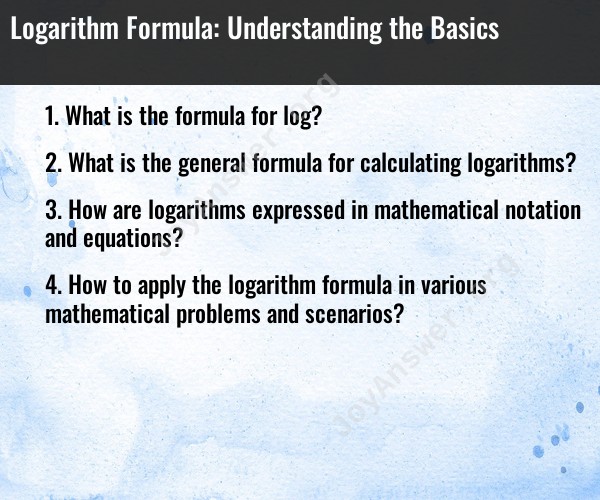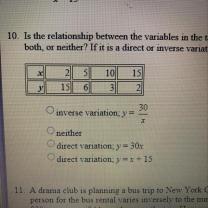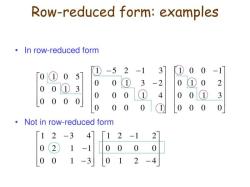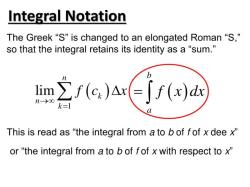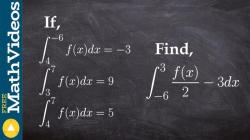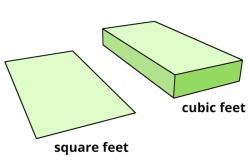What is the formula for log?
The formula for the logarithm, often denoted as "log," depends on the base of the logarithm. The general formula for a logarithm is as follows:
log_b(x) = y
Where:
- log_b(x) is the logarithm of a number "x" to the base "b."
- "x" is the number for which you want to find the logarithm.
- "b" is the base of the logarithm, which is a positive number greater than 1.
- "y" is the result, representing the power to which "b" must be raised to obtain "x."
In simpler terms, the logarithm tells you what exponent (y) you need to raise the base (b) to in order to get the number "x." This formula is used for all logarithms, whether they are base 10 (common logarithms), base "e" (natural logarithms), or any other positive base.
For example, in the formula log_2(8) = 3:
- The base "b" is 2.
- The number "x" is 8.
- The result "y" is 3, meaning 2^3 = 8.
Depending on the base used, you will have different types of logarithms:
Common Logarithms (Base 10): log(x) without a specified base is assumed to be a base 10 logarithm. This is the most commonly used logarithm in everyday calculations.
Natural Logarithms (Base "e"): log_e(x) or ln(x) is the natural logarithm, with a base "e" (approximately 2.71828). It often appears in calculus and mathematical analysis.
Logarithms with Other Bases: You can have logarithms with bases other than 10 or "e," such as log_2(x) or log_3(x). The base determines the number to which the logarithm is raised.
These logarithmic formulas are fundamental in solving equations, understanding exponential growth and decay, and various mathematical and scientific applications. They are used in fields like algebra, calculus, physics, engineering, and many others.
What is the general formula for calculating logarithms?
The general formula for calculating logarithms is:
log_{b}(x) = y
where:
bis the base of the logarithmxis the number that is being loggedyis the exponent to which the base must be raised to get the number
For example, the logarithm of 100 to the base 10 is 2, because 10 to the power of 2 is 100.
How are logarithms expressed in mathematical notation and equations?
Logarithms are expressed in mathematical notation using the following symbols:
log- the general symbol for logarithmsb- the base of the logarithmx- the number that is being loggedy- the exponent to which the base must be raised to get the number
For example, the following equation expresses the logarithm of 100 to the base 10:
log_{10}(100) = 2
Logarithms can also be expressed in equations using the following properties:
- The logarithm of a product is the sum of the logarithms of the individual factors:
log(ab) = log(a) + log(b)
- The logarithm of a quotient is the difference of the logarithms of the dividend and the divisor:
log(a/b) = log(a) - log(b)
- The logarithm of a power is the product of the exponent and the logarithm of the base:
log(a^n) = n * log(a)
How to apply the logarithm formula in various mathematical problems and scenarios?
The logarithm formula can be applied in a variety of mathematical problems and scenarios. Here are a few examples:
- Solving exponential equations: Logarithms can be used to solve exponential equations, such as the equation 2^x = 100. To solve this equation, we can take the logarithm of both sides of the equation and use the following property of logarithms:
log(a^b) = b * log(a)
log(2^x) = log(100)
x * log(2) = log(100)
x = log(100) / log(2)
Therefore, the solution to the equation is x = 6.643.
- Calculating compound interest: Logarithms can be used to calculate compound interest. Compound interest is interest that is earned on both the principal amount and the accumulated interest. The following formula can be used to calculate compound interest:
A = P(1 + r/n)^(nt)
where:
- A is the accumulated amount
- P is the principal amount
- r is the interest rate
- n is the number of compounding periods per year
- t is the number of years
The logarithm of the accumulated amount can be used to solve for the exponent in the above formula. This can be useful for calculating the number of years required to reach a certain goal, such as retirement savings.
- Calculating pH levels: Logarithms can be used to calculate pH levels. pH is a measure of the acidity or basicity of a solution. The following formula can be used to calculate pH:
pH = -log(H+)
where H+ is the concentration of hydrogen ions in the solution.
These are just a few examples of how the logarithm formula can be applied in various mathematical problems and scenarios. Logarithms are a powerful tool that can be used to solve a variety of problems in mathematics and science.
Here are some additional examples of how logarithms can be used in real-world scenarios:
- Financial analysts use logarithms to calculate compound interest and to model the growth of stock prices.
- Engineers use logarithms to model the relationship between sound intensity and decibel levels.
- Scientists use logarithms to model population growth and the decay of radioactive isotopes.
Logarithms are a versatile tool that can be used in a variety of fields and disciplines. By understanding the logarithm formula and how it can be applied, you can gain valuable insights into the world around you.
